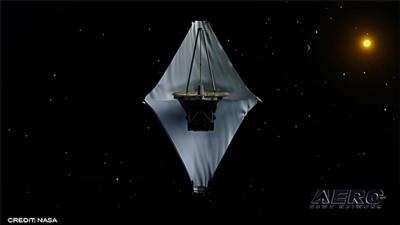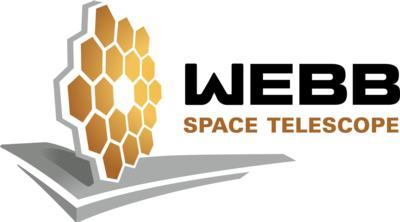Wed, Jan 05, 2022
Telescope is Through the Woods with 75% of its Failure Points Behind it
NASA's latest update on its groundbreaking Webb Telescope has cleared more than three fourths of the spacecraft's 344 single points of failure. The multi-layered sunshield has been successfully deployed without issue, says the agency. The occasion marks the end of the majority of the Webb mission's nail-biters, with most deployment operations much safer as the focusing mirror moves itself into its primary configuration.

NASA's enthusiasm for the project is palpable, for good reason. The telescope represents what's likely the most demanding, technologically advanced mission in decades, integrating the expertise of every bit of the agency's best minds. The multi-stage deployment of the sunshield saw the unfurling and extension of the layered material, vital to keep sunlight and heat from interfering with the telescope's instruments. The thin plastic sheets are as thin as a hair, even with their metallic, reflective metal coating across their 69.5 x 46.5-foot span. With all layers operational and correctly positioned, Webb can bring temperatures low enough to use its ultra sensitive infrared imaging systems to see faint light sources in the depths of space. The materials involved were specially selected and reinforced to mitigate lifetime damage from meteorites, as well as slight variations in expansion with temperature fluctuations.

“This is the first time anyone has ever attempted to put a telescope this large into space,” said Thomas Zurbuchen, associate administrator for NASA’s Science Mission Directorate. “Webb required not only careful assembly but also careful deployments. The success of its most challenging deployment – the sunshield – is an incredible testament to the human ingenuity and engineering skill that will enable Webb to accomplish its science goals.”
“The sunshield is remarkable as it will protect the telescope on this historic mission,” said Jim Flynn, sunshield manager at Northrop Grumman, the major mover and shaker on Webb. “This milestone represents the pioneering spirit of thousands of engineers, scientists, and technicians who spent significant portions of their careers developing, designing, manufacturing, and testing this first-of-its-kind space technology.”
More News
LinxUs System Adds Capabilities for Data-Driven Operators Textron Aviation announced another option for operators processing their post-flight data, adding interoperability with GE>[...]
Aero Linx: The de Havilland Moth Club Ltd The de Havilland Moth Club evolved from a belief that an association of owners and operators of Moth aeroplanes should be formed to create>[...]
(Pilot) Inadvertently Applied Excessive Braking Action, And The Airplane Nosed Over Analysis: The pilot reported that, while landing at a remote, rough and uneven airstrip in a tai>[...]
“MCADT is committed to rapidly integrating armed first-person view drones into the FMF, enhancing small-unit lethality and providing organic capabilities that warfighters cur>[...]
From 2017 (YouTube Edition): Major Engine Supplier Joins Forces With Small Aircraft Manufacturer… GE recently made an agreement with Venom Aircraft to supply engines for the>[...]
 Citation Operators Get Another Flight Data Connection for QA
Citation Operators Get Another Flight Data Connection for QA ANN's Daily Aero-Linx (06.01.25)
ANN's Daily Aero-Linx (06.01.25) NTSB Final Report: Bellanca 8GCBC
NTSB Final Report: Bellanca 8GCBC Aero-News: Quote of the Day (06.01.25)
Aero-News: Quote of the Day (06.01.25) Classic Aero-TV: High-Speed Match-up - Venom and GE Rebirth A Legend
Classic Aero-TV: High-Speed Match-up - Venom and GE Rebirth A Legend




